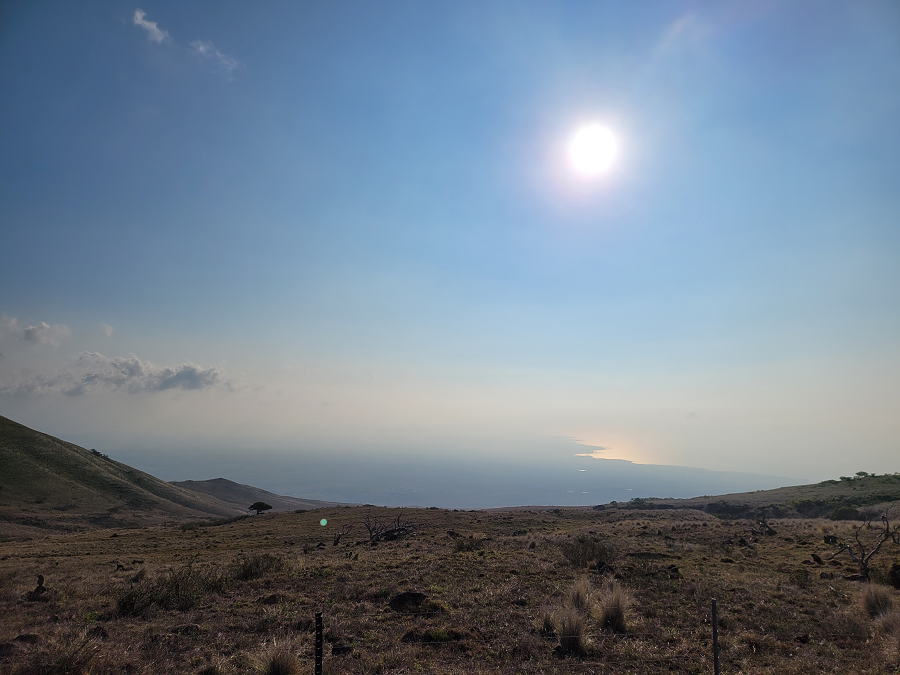
The ongoing eruption of the Kilauea Volcano in Hawaii continues to break healthy air quality readings on Hawaii’s Big Island, prompting the Hawaii Department of Health to release another report showing that National Ambient Air Quality Standards (NAAQS) are being violated there.
The Clean Air Act, initially implemented by the Nixon administration in 1970 and last updated and amended in 1990, had the Environmental Protection Agency (EPA) set National Ambient Air Quality Standards (NAAQS) for pollutants considered harmful to public health and the environment. There are two types of national air quality standards: primary and secondary. Primary standards provide general public health protection, especially with sensitive groups, while secondary standards provide a level of protection for the rest of the general public while also highlighting potential harm to animals, crops, vegetation, and even buildings. While sensitive populations like asthmatics, children, and the elderly can be harmed by poor air quality, poor air quality can also harm inanimate objects like paint on cars and buildings, metal roofs used to collect rain water, and more.
The EPA has set NAAQS standards for 6 primary pollutants: carbon monoxide, lead, nitrogen dioxide, ozone, particle pollution (PM), and sulfur dioxide.
According to the Hawaii State Department of Health, standard limits were exceeded for sulfur dioxide in the Hawaii community of Pahala on January 1, 2, 3, and 5. While the standard is 0.075 ppm, measurements in Pahala were at times more than double that standard limit, ranging from a high of 0.187 ppm on January 1 from 10-11 pm to an exceedance low of 0.107 ppm between 9-10 am on January 5.
According to the USGS Hawaiian Volcano Observatory, sulfur dioxide emission rate measurements from the volcano on January 6 were 3,400 tonnes/day, which is still in the range 3,000-6,500 tonnes/day that was common for emissions from the previous lava lake (pre-2018) that existed inside Kilauea.
The EPA can fine entities for being responsible for violating clear air quality standards. But in the instance of a volcanic eruption, the purpose of the Department of Health sharing a list of exceedances of the NAAQS is to keep the population informed of potentially harmful, albeit naturally occurring, bad air. On days when air pollution exceeds standard limits, people, especially those vulnerable to bad air, should consider limiting outdoor exposure. If NAAQS are violated by significant margins or on a regular basis, locals and their officials could also consider relocating people, especially high risk people, away from chronic bad air.